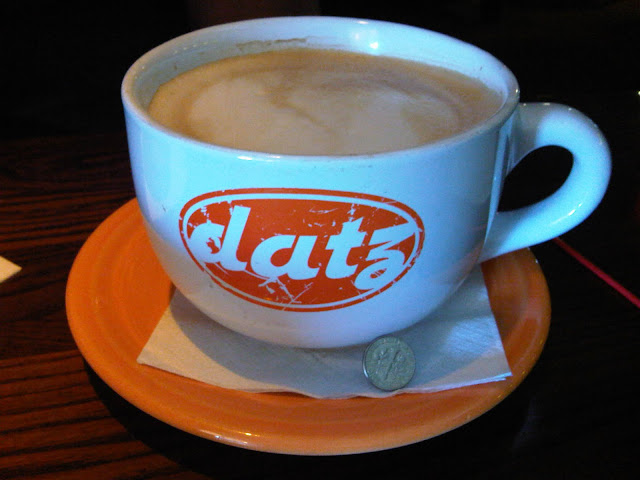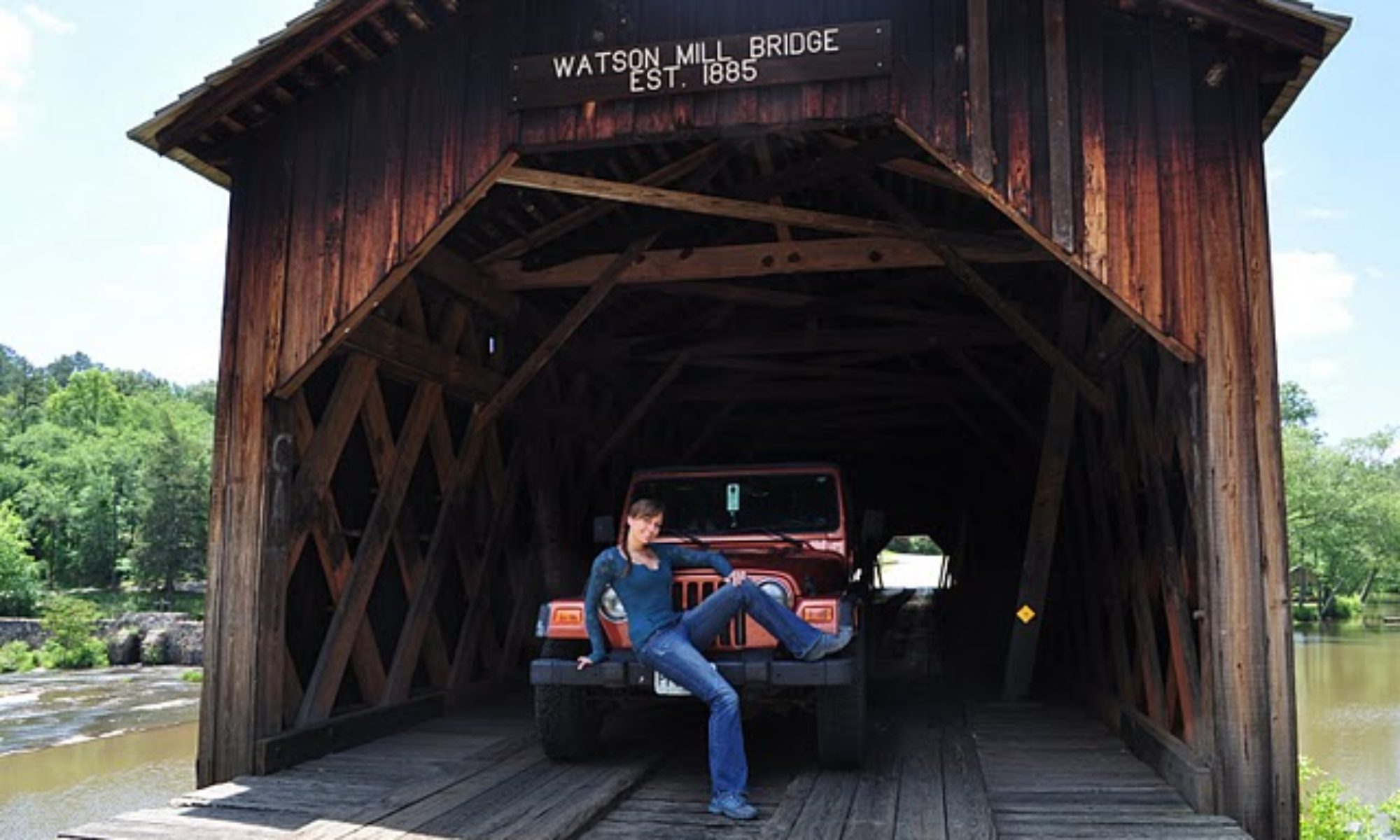The roots of the sea oat plant can be 10 times the size of the plant above the sand. A grass like plant that whips around in the wind at the surface has deep ties into the sand it calls home. The roots are designed to allow the sea oat to survive on the sand dunes, where a large root surface area allows the scarce water to be found. The mosses that are so prevalent in the south, however, have no extensive roots to speak of. They are superficial, and even allow the plants to move from one place to another and survive. All of us have roots, some deeper set than others, that allow us to survive. Today I was headed for St. Augustine, Florida, the oldest city in the U.S. A place that has roots reaching back centuries, making the town what it is today.
I met a high school friend for breakfast at Datz, a tasty restaurant in Tampa, FL that is fairly popular in the area. The breakfast menu was varied, every menu item having a Datz personal twist. My friend and I both ordered a latte, which came in a soup bowl-sized coffee cup, lending to plenty of time to chat about our lives and catch up. The breakfast was delicious and afterwards my friend showed me their chocolate case: Rows and rows of hand-painted chocolates. I was unable to taste any, but they sure looked beautiful. I imagine they are bought more for the beauty than for the taste, each piece being artistically hand painted.

The drive from Tampa to St. Augustine was beautiful. I was able to put the top back down on my Jeep after having it up for the night in Tampa (luckily, because a storm rolled through that night) and enjoy the sun and “natural” air conditioning that a highway drive is able to provide. At a gas station I met two other Jeep Wrangler owners. They knew about yesterday’s holiday (National “Go Topless” day for all Jeep owners), which of course made me smile. There is nothing quite like owning a Jeep….it’s like belonging to a special club, where everyone waves to fellow Jeep-owning strangers and we can all talk like we’ve known each other for years. If you are the adventurous type and you don’t own one, you should. You are seriously missing out.
After a quick stop at a citrus stand to get some local oranges, I arrived in St. Augustine to some familiar sites. First and foremost, the St. Augustine lighthouse (which I will go visit tomorrow, stay tuned for pictures and information on my next update). I checked into my campsite at Anastasia State Park, and when I first drove up to my tent site I knew instantly this would be my new favorite camping site.
Each site is tucked away in it’s own private alcove, similar to that of Tickfaw State Park a few days earlier, except this is even better: It’s on an island, and you can head the waves crashing on the beach in the distance. The beach is a short walk away, where the sand is white and the ocean sparkling. Every site has electric and water hook ups, which isn’t necessary for a tent, but nice for people like me who have a website to update and need to recharge electronics. The price isn’t terribly high for what it offers, either. Anastasia State Park is the perfect place to stay if you are looking to camp on the coast.
I decided to have dinner at Santa Maria’s, a unique restaurant I dined at my last trip to St. Augustine in January of 2007. It turns out May is a much better time of year to dine at Santa Maria’s in St. Augustine: You get to feed the fish. The restaurant is located on the end of a pier with a great view of Lion’s Bridge. The tables along the outside of the restaurant, again the windows, are provided with a little hatch where you can drop pieces of bread, provided by the basket full, into the water and watch the various fish come up to enjoy. I guess you can say you are fattening up the fish that you may eat later.
The fish aren’t the only ones to enjoy the bread. Various birds, including pigeons, crows and another colorful little bird I do not know the species (readers, identify below! J ). Kids really enjoy this activity (and the kid inside me), and I had the pleasure of meeting a 1st grade girl who enjoyed every minute of it. She and her family were visiting from Pennsylvania and we had a wonderful conversation over dinner. Another great thing about being on the road: you meet a lot of friendly people.
After dinner I headed back to Anastasia State Park so that I could sit on the beach and take some night pictures. The moon was nearing full this night and it lit up the beach and the waves. I was able to enjoy a peaceful time alone on the beach, watching the waves crash and although the sky was mostly clear the lightening illuminate the horizon in little bursts-a storm nearly 200 miles away. I didn’t even need a flashlight, though I guess when you are a caver nothing is dark in comparison. The stars, moon and city lights are more than enough illumination in the night against the contrast of the white sands of the St. Augustine coast.
The coast of St. Augustine is held together by the roots of the sea oat, a 6” plant having roots up to 5’ long. Whlie we all have roots of different depths, we do all have roots. They don’t only keep us grounded, providing for us- They are an integral part of our society as a whole. Everyone plays a role in this world, some of us are nomads like the spanish moss that can easily be transplanted, and some of us have roots reaching deep into the sands of our native homes. Either way, the nutrients we have gathered from each place we live sustain us for a lifetime- each place becomes a part of us. It’s why I believe so strongly in traveling for education. A traveler who truly takes the initiative to learn about the geology, environment and culture of each place they visit is adding a little bit to themselves each time. I think too many people consider traveling a vacation by traditional terms. A true traveler isn’t meant to get away and do nothing- they enrich their lives, and thus everyone around them, by absorbing the knowledge of other places- and sharing.

